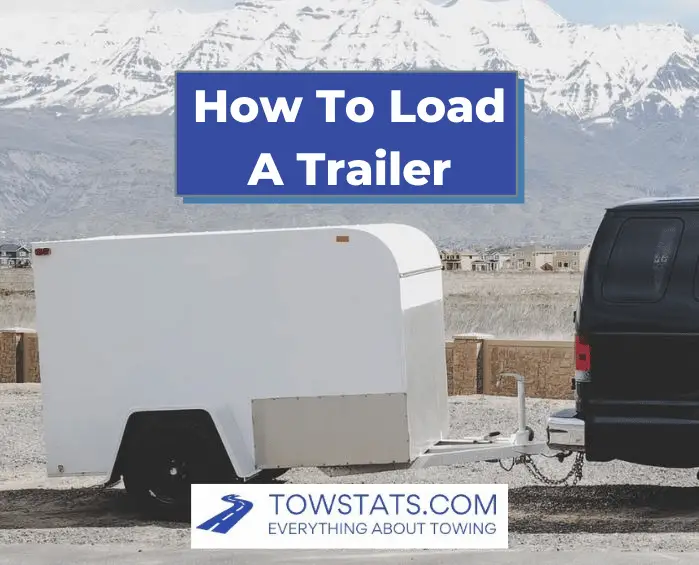Figuring out how to load a trailer can be challenging if you haven’t done it before. While it may seem like a daunting task, it can be easy and safe by following a few simple tips.
Make sure you have the right equipment, use proper technique, and take your time.
Following these trailer loading pointers will help ensure a smooth loading process and prevent damage to your vehicle or trailer.
How To Load A Trailer In 7 Easy Steps
Loading a trailer properly is important to ensure that you, your passengers, your vehicle, and your trailer all stay safe during the loading and towing process.
Loading a trailer the wrong way can cause trailer sway on the road, leading to serious accidents.
We’ve put together this easy to follow guide to make sure you can load like a pro every time.
Before You Load Your Trailer
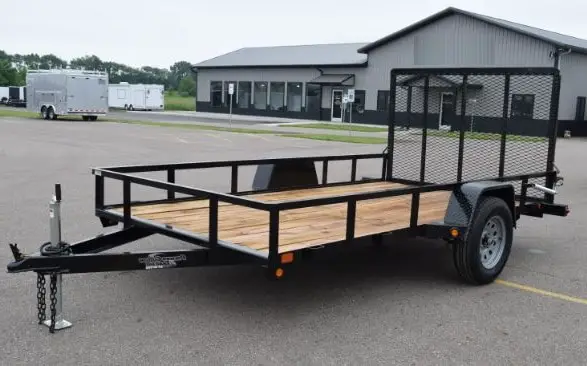
Before you load your trailer, it’s important to know the following information:
Your vehicle’s towing capacity: this is how much weight your vehicle can tow
Your vehicle’s Gross Vehicle Weight Rating (GVWR): this is the total weight your vehicle can handle, including the vehicle, passengers, cargo inside the vehicle, trailer weight, cargo on the trailer, and tongue weight combined.
Trailer weight: How much your trailer weighs when empty.
Trailer payload capacity: the total amount of weight your trailer can handle.
You can refer to the trailer manufacturer’s guidelines to find this.
Or, you can calculate it by subtracting the trailer’s weight from the GVWR of your vehicle, and multiplying by 80%. Here’s that in a formula:
- Trailer Payload = (GVWR – Trailer Weight) x .8
Tongue weight: the amount of the trailer weight that’s transferred to your tow vehicle through trailer tongue.
You can calculate this by taking your tow vehicle and trailer to a scale, but you can also get a close estimate more easily by using this formula:
- Tongue Weight = (Trailer Weight + Cargo Weight) x .25
It’s also important to familiarize yourself with different parts of a trailer hitch and how to hook up a trailer if you haven’t before.
Step 1: Park The Trailer On A Level Surface
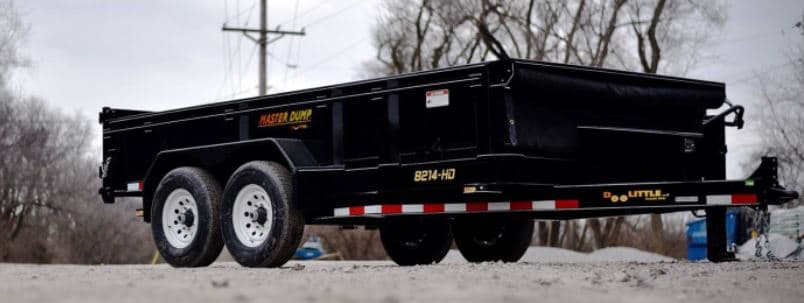
Make sure your trailer is parked on a level surface before you start to load it.
This will help prevent the trailer from tipping over while you’re loading it, and make the whole process a lot easier.
If you don’t have a level spot to park, use some wooden blocks or ramps to level out the trailer.
Step 2: Stabilize The Trailer
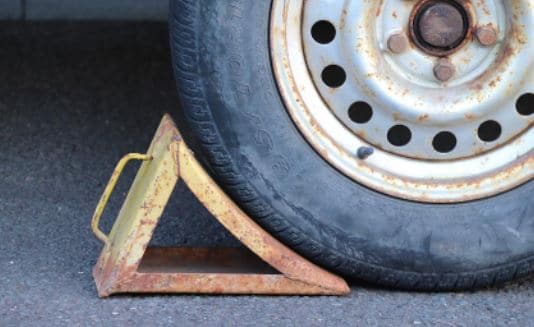
You can stabilize your trailer by chocking the wheels and hooking up your trailer to your tow vehicle before loading.
Chocking the trailer wheels is important to prevent the trailer from rolling while you’re loading it.
This will also stabilize the trailer and keep your load from shifting while you put items on the trailer.
You can use either wheel chocks, bricks, or wood blocks behind and in front of each trailer wheel while loading it.
Put your tow vehicle in park and engage the emergency brake to provide additional stability to the trailer during loading.
Step 3: Follow The 60/40 Rule
The 60/40 rule states that 60% of your trailer load should be in front of the axle, and 40% of the load should be behind.
This ensures that you don’t have too much or little tongue weight on the trailer, which will help prevent sway while towing.
Make sure to plan ahead and look at all the cargo you’ll be towing so you can distribute the weight on your trailer properly.
Step 4: Heaviest Items Go On The Trailer First
This goes back to the 60/40 rule, but loading the heavier items first will ensure you follow it to a tee.
Place the heavy items in the center of the trailer just in front of the axle.
You can load lighter items around the heavy stuff, making sure to spread it around.
Here’s a video from Weigh Safe demonstrating the importance of tongue weight safety:
Step 5: Secure Your Load
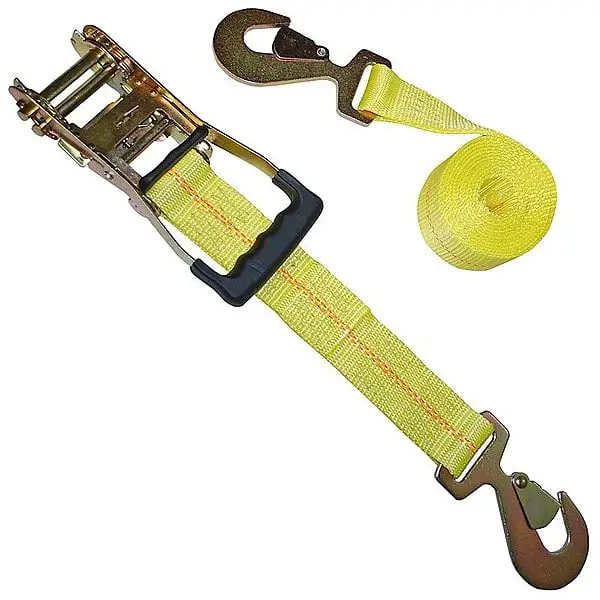
Secure the items on your trailer using ratchet straps, rope, or chains by connecting them to the tie-down anchors on your trailer.
Tug on each of these to make sure they’re tight and won’t come loose during transport or as the load jostles around.
Don’t cut corners here!
Make sure to tuck any excess rope or straps so they won’t get caught in your trailer wheels or drag on the ground while towing.
You should still tie down cargo the same as you normally would if using an enclosed trailer.
Step 6: Load Additional Cargo (If Needed)
If you’ve got additional lightweight or small items, fit them in around your large cargo where you can, making sure they won’t break loose once you’re on the road.
Loading small items in storage containers or tubs is a good call here.
Once done, you can secure all the smaller items with bungee cords or cover everything with a tarp and secure the tarp to the trailer.
Step 7: Test The Trailer Lights
Have a helper with you to check that the left turn signal, right turn signal, hazards, brake lights, and running lights are all working properly on the trailer.
You’re Ready To Roll
Once you’ve walked through this list, you’re ready to get towing to your destination.
Make sure to follow proper towing safety guidelines and speed limits for towing to ensure you and your trailer get there safely.
Have any comments or suggestions? Let us know in the comments below.

